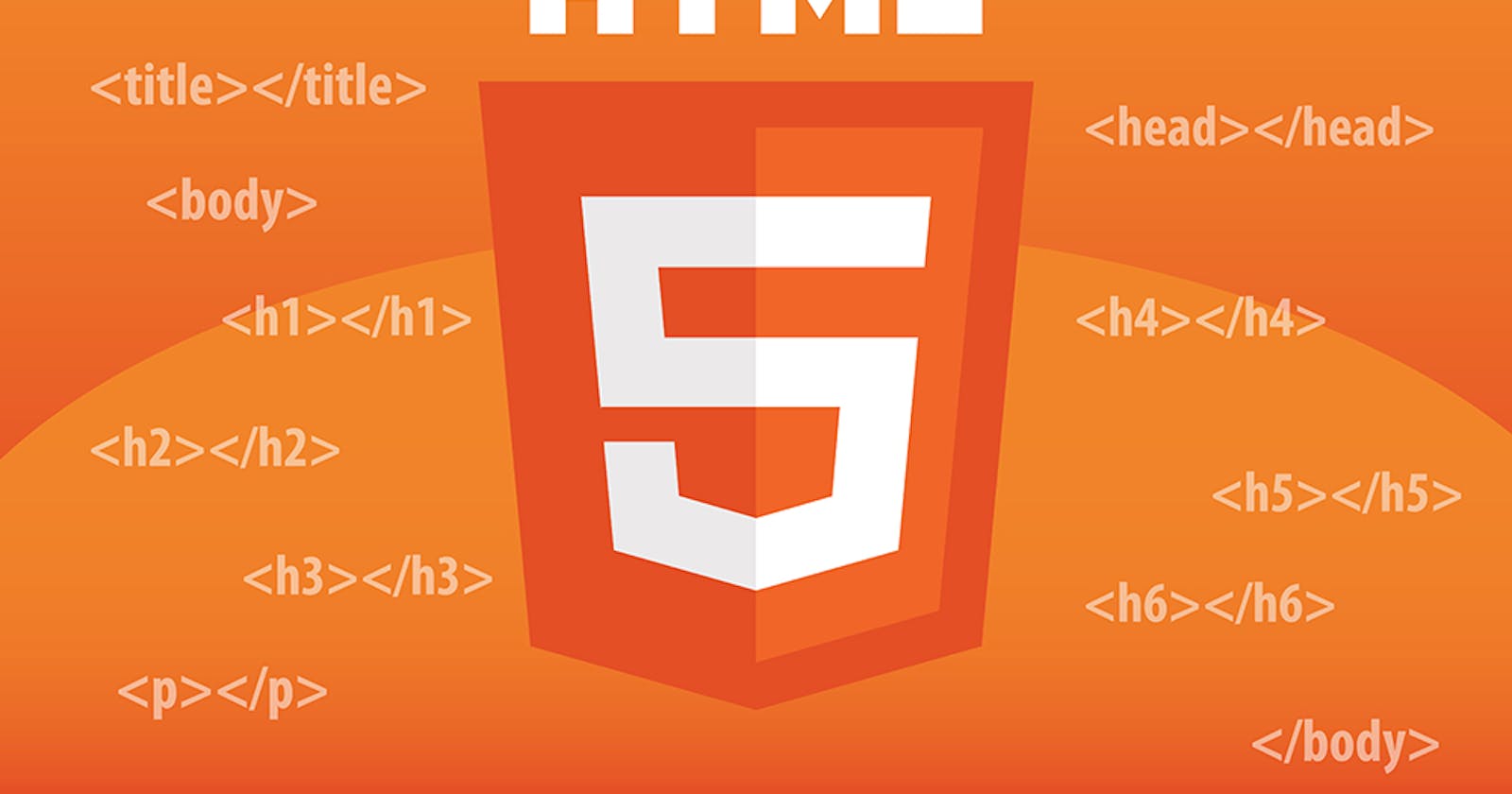Hey there, welcome to my blog!😊 Today I'm going to talk about HTML language and explain what it is, how it works, and why it's important for web development. I'll also show you an example of a simple HTML document and go over some of the essential elements that you need to know. Let's get started!
What is HTML?
HTML stands for HyperText Markup Language. It is the most basic building block of the web, and it defines the meaning and structure of web content. HTML is not a programming language, but a markup language that uses tags to annotate text, images, and other elements on a web page. These tags tell the browser how to display the content and how to link it to other pages or resources.
HTML documents are plain text files that have a .html or .htm extension. You can create and edit them with any text editor, such as Notepad or VS Code. You can also view them in any web browser, such as Chrome or Firefox.
How does HTML work?
HTML works by using a tree-like structure of elements that are nested inside each other. Each element has a start tag and an end tag, with some content in between. The start tag has the element name surrounded by angle brackets (< and >), and the end tag has the same name with a slash (/) before it. For example, <p> is the start tag for a paragraph element, and </p>is the end tag.
Some elements are self-closing, which means they don't have an end tag. They just have a slash (/) at the end of the start tag. For example, <img /> is the self-closing tag for an image element.
The root element of an HTML document is <html>, which contains two main sections: <head> and <body>. The <head> section contains meta-information about the document, such as its title, character encoding, style sheets, and scripts. The <body> section contains the visible content of the document, such as headings, paragraphs, images, links, lists, tables, forms, etc.
What are some important tags in HTML?
There are many tags in HTML, but some of the most common and important ones are:
<h1> to <h6>: These are heading elements that define the titles and subtitles of your web page. They are ranked from 1 to 6, with 1 being the most important and 6 being the least. You should use only one <h1> element per page, and use the other headings in a hierarchical order.
<p>: This is the paragraph element that defines a block of text. You can use it to write sentences, paragraphs, or any other text content.
<a>: This is the anchor element that defines a hyperlink. You can use it to link to other web pages, resources, or sections on the same page. You need to specify the destination of the link using the
hrefattribute, and the text of the link using the content between the start and end tags. For example, <a href="bing.com">Bing</a> creates a link to Bing with the text "Bing".<img>: This is the image element that defines an image. You need to specify the source of the image using the src attribute, and optionally provide an alternative text for accessibility using the alt attribute. For example, <img src="logo.png" alt="Logo"> displays an image of a logo with the text "Logo" if the image cannot be loaded.
<ul> and <ol>: These are list elements that define an unordered list (with bullet points) or an ordered list (with numbers) respectively. You need to use <li> elements inside them to define each list item. For example,
<ul><li>Apples</li></ul>
<ul><li>Bananas</li></ul>
<ul><li>Oranges</li></ul> creates an unordered list of fruits.
<table>: This is the table element that defines a table of data. You need to use <tr> elements inside it to define each table row and use,<td>, and elements to group different parts of the table.
These are some of the basic HTML tags that you can use to make an HTML page of your own. Of course, there are many more tags and attributes that you can explore and experiment with. HTML is a very flexible and powerful language that allows you to create any kind of web page you can imagine. I hope you enjoyed this blog post and learned something new. Happy coding!😊
